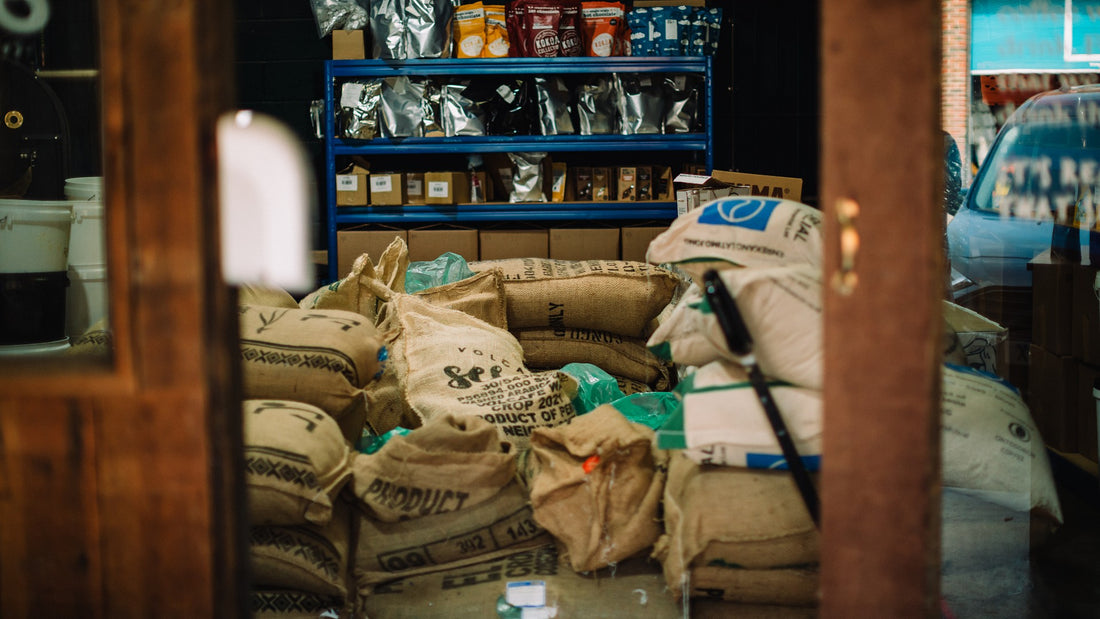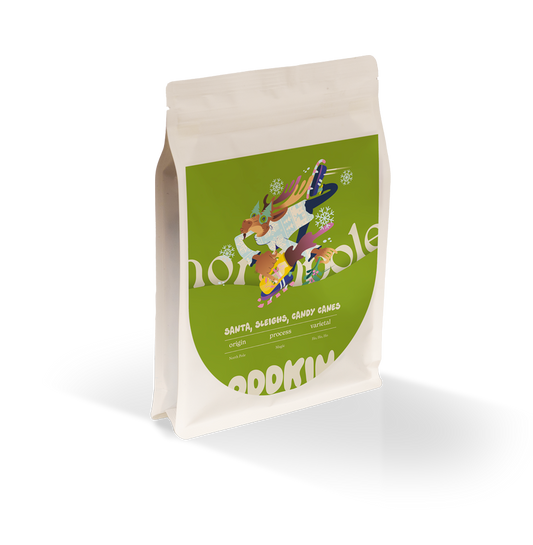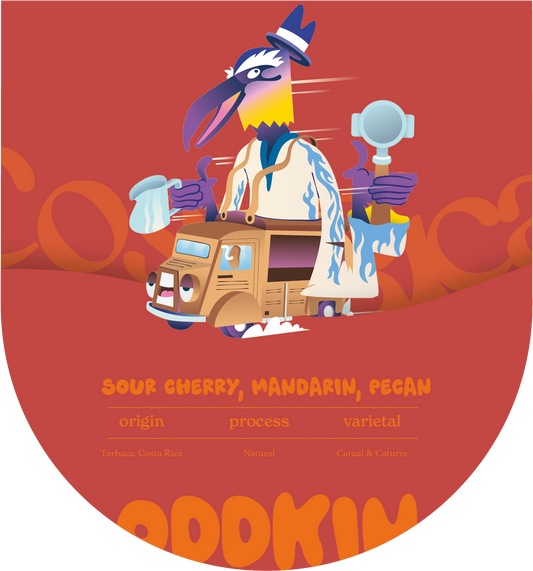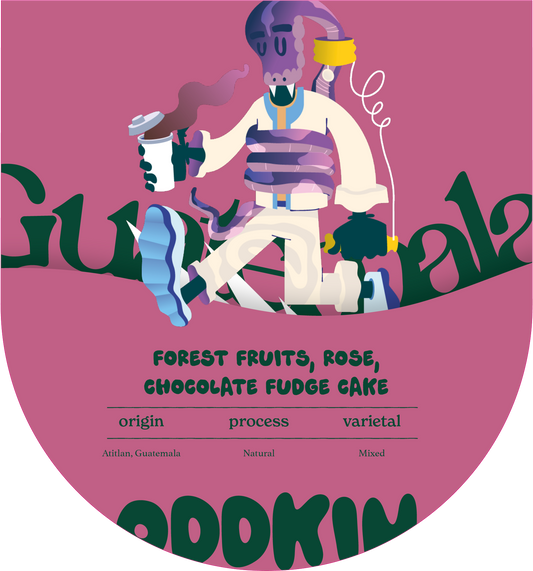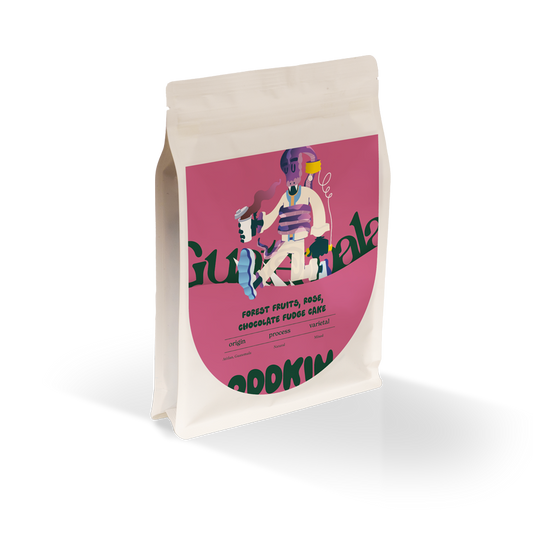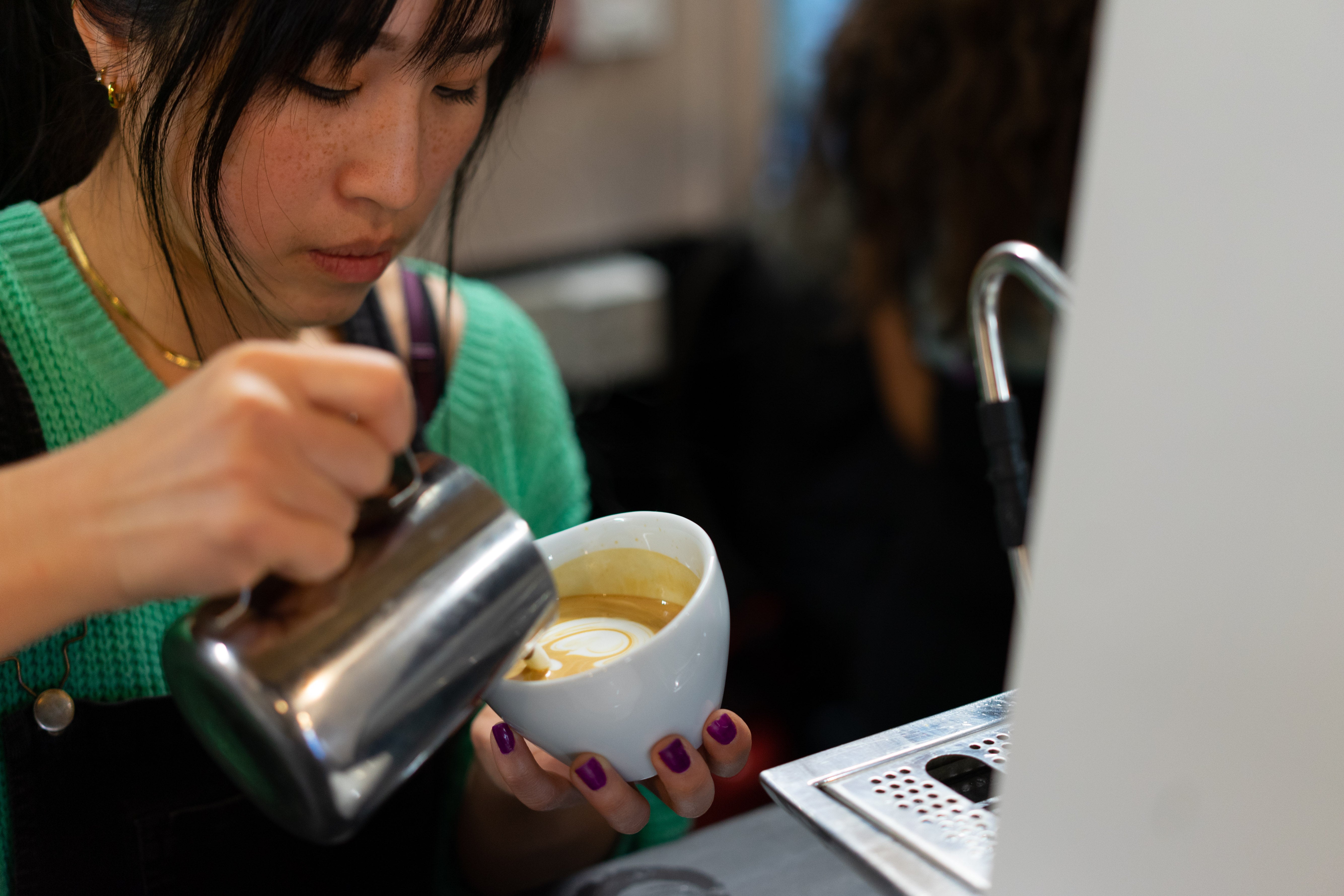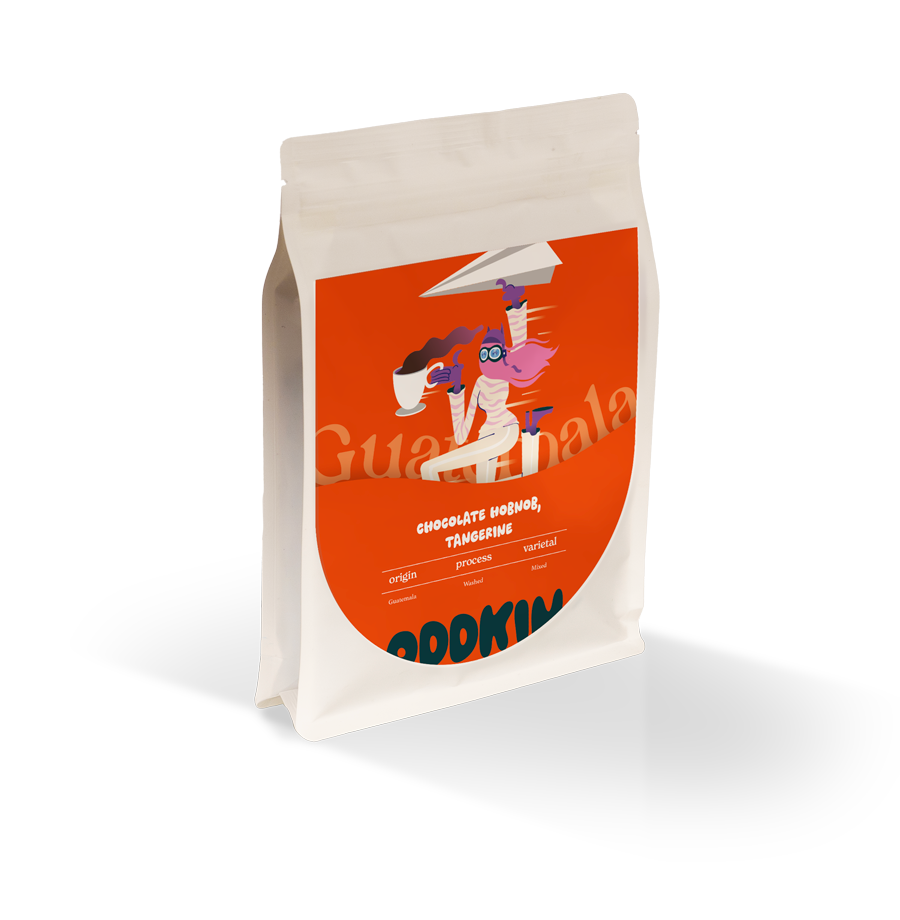Where does coffee come from?
Where are coffee beans grown? is one of the most commonly asked questions when we’re running a coffee training session or barista workshop.
Everyone wants to know where these mythical beans that keep the world spinning came from, so we thought it would be worthwhile giving you the low down on where coffee originated, and where it's grown today:
Where did coffee originate?
Ethiopia is widely known as the mothership of coffee. Here, the Legend of Kaldi originated - the story of a goat herder who once noticed his herd eating coffee cherries.
After seeing his goats become super productive, finish their to-do lists and smash out a spin class, Kaldi decided he needed a bit of that go-juice.
All jokes aside, Kaldi found his goats couldn't sleep after eating cherries from the coffee tree. So, he set about making a drink with an abbot from the local monastery that helped keep them alert.
It didn't take long for word to spread about this magical concoction, and the concept of drinking coffee became a thing for the first time.
What is the coffee bean belt?
From its origins in Ethiopia, coffee production spread east and west to other areas with excellent coffee-growing climates on each side of the equator, now known as the bean belt.
On a map, this is the area between the Tropic of Cancer and the Tropic of Capricorn.
Coffee-producing countries within the bean belt all have unique characteristics that provide the right growing conditions for coffee.
Robusta coffee
At lower altitudes, robusta coffee can be grown, a coffee varietal of lesser quality, not used in speciality coffee.
Robusta beans have a higher caffeine content than arabica coffee beans, but the coffee produced during the roasting process isn’t as enjoyable to drink.
Arabica coffee
Arabica coffee beans, typically grown at higher altitudes of around 550 - 2,000 MASL, have all the flavour characteristics and excitement that speciality coffee roasters look for when sourcing green coffee beans.
Arabica and robusta coffee beans both have their place in the world, with robusta providing an easier-to-grow, cheaper coffee bean for use in places like your office's instant coffee jar or as components in the blends of many of the world's finest high street chains.
The arabica coffee cherry gets us out of bed in the morning, both literally in our cup of coffee and figuratively because we are slightly obsessed with coffee geeks.
Major coffee producing countries:
The top ten coffee producing countries all lie within the coffee bean belt, due to each country having the perfect coffee growing conditions. As of 2022, the top three countries for coffee production are:
- Brazil
- Vietnam
- Colombia
In 2020, these countries produced 63.4 million, 29 million and 14.3 million 60kg bags of coffee respectively.
Where does coffee come from around the world:
South America
In 2020, global coffee production reached 164 million 60-kilogram bags, mostly produced in South America, specifically Brazil.
South American coffees are renowned for their light to medium body and a balanced, clean mouthfeel, with Brazilian coffees tending to have a really lovely chocolatey and nutty flavour profile.
Most speciality coffee roasters will use a Brazilian or Colombian coffee as the base for their espresso blends because they provide a nice, bold base to build upon.
Typically, South American coffees will have the taste characteristics that many people associate with ‘coffee’, because unless they’ve deep-dived into speciality coffee, it’s likely that they will have spent most of their life drinking coffees from this region!
Africa
African coffees are known for being full-bodied with bright acidity and pops of fruity flavours.
You’ll find beans coming out of Ethiopia, Kenya, Tanzania, Burundi, Rwanda and DRC, with each coffee-growing country here boasting unique flavour profiles. From juicy Kenyan coffee, to delicate tea-like Ethiopian coffee.
Ethiopia is the largest African exporter of coffee, and has some of the most famous coffee-growing regions globally, with almost everyone in speciality coffee lusting after coffees coming out of Yirgacheffe in Sidamo or the Guji Highlands.
The climate is so perfect in Ethiopia, that coffee trees grow wild, producing local-only varietal strains like Ethiopian 74110 which you can taste for yourself in our Ethiopian coffee produced by Mensur Aba Hika in Oromia, Jimma Zone.
Asia
South East Asia also produces some amazing coffees, with full bodies and a host of bold, earthy and spicy flavours.
Vietnam and Indonesia produce most of the coffee in the area and this is a region you will see us at Odd Kin exploring through our green coffee buying programme in coming years.
The Middle East
After the discovery of coffee in Ethiopia it was taken to Yemen, which is where it spread throughout the world.
Yemeni coffees have very similar flavour characteristics to Ethiopian coffee having been direct descendants from the coffee varietals grown there.
Coffees from Yemen tend to be bright, full-bodied, spicy little numbers.
Where do Odd Kin's coffee beans come from?
Over the past couple of years, we've been sourcing our coffees from all over the bean belt.
We believe our job is to support farmers year on year and to take the unique characteristics of every single bean and make them sing for you to enjoy at home.
We buy our coffee with the changing seasons, so you will always find fresh new speciality coffees to explore.
We love that one tiny bean can produce so much and we will continue to strive to improve what we do so that the coffees you are sipping on get better and better with each roast.
As of 2023, we've narrowed down our speciality coffee offering to seven key coffee origins:
- Colombia
- Peru
- Burundi
- El Salvador
- Ethiopia
- Nicaragua
- Brazil
